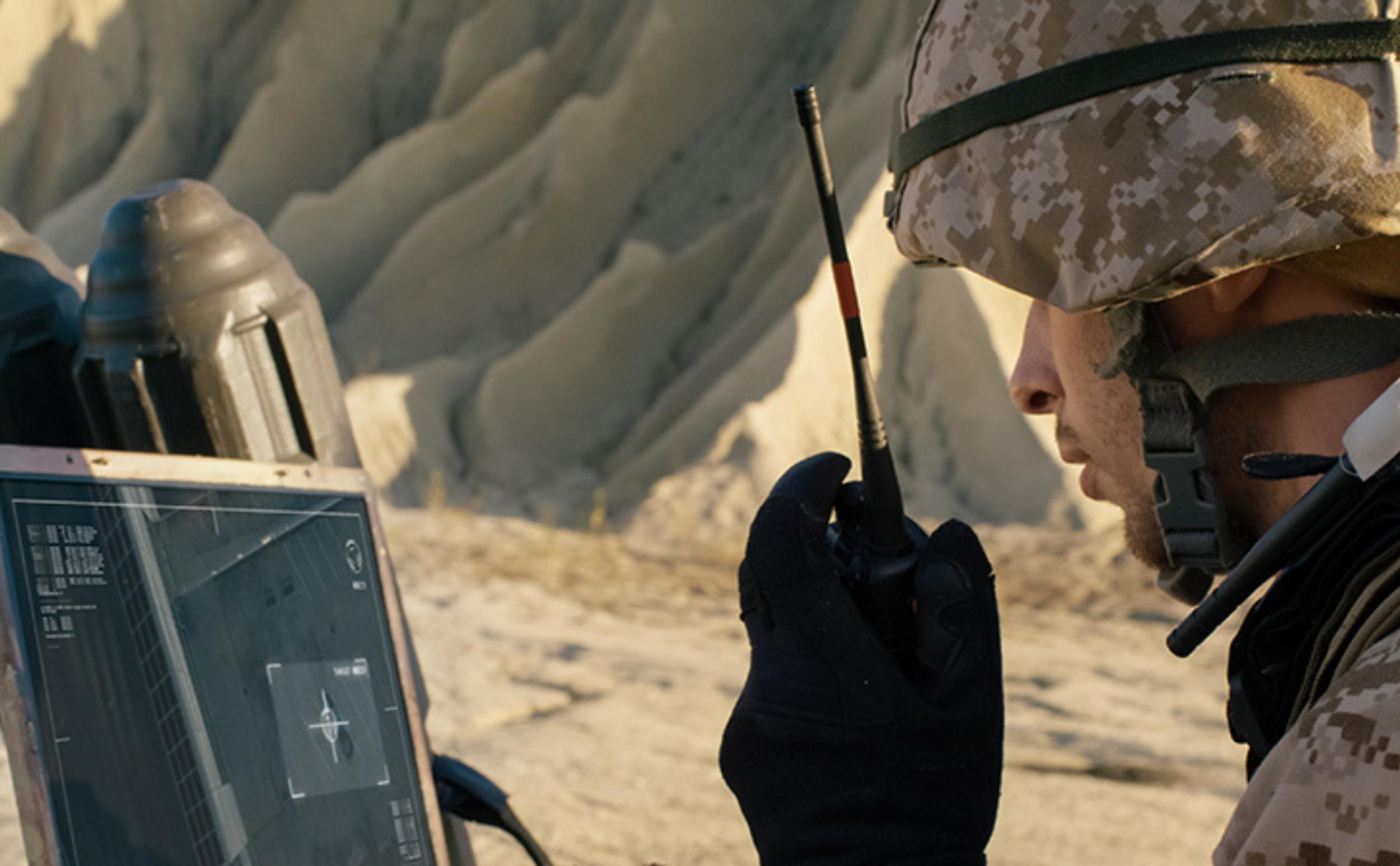Trusted Thin Client MESA – The Future of Secure Cross Domain Collaboration



In today’s evolving defense landscape, the U.S. military and its partners face increasingly complex and unpredictable threats. Achieving Decision Dominance—the ability to make better decisions faster than adversaries—is critical to maintaining strategic superiority. Decision Dominance requires seamless, secure collaboration across service branches, allied nations, and mission partners, all while overcoming technological and financial barriers.
The high cost—both in time and resources—of traditional information-sharing with setting up new networks and computer systems hinders operational agility. To stay ahead, the Government must shift to a dynamic and cost-effective, technology-driven solutions that streamline collaboration across enclaves, agency networks and classification levels.
In this blog, I’ll explore the forces driving this transformation, the importance of cross domain collaboration, and how MESA (Multi-Enterprise Spanning Architecture) is revolutionizing secure, multi-entity data access. With MESA, organizations can reduce costs, enhance efficiency, and accelerate decision-making—helping to ensure mission success in today’s dynamic threat environment.
The Need for More Efficient Information Sharing
Modern warfare demands faster, more informed decision-making collaboration. To stay ahead, the U.S. must integrate the best available information across service branches, allies, and coalition partners—without the delays caused by outdated and redundant systems. This shift requires advanced, interoperable technologies that support real-time, secure collaboration.
Several key initiatives are already driving this transformation:
These efforts reflect a larger mission to modernize military decision-making—but what technology will truly unlock their full potential?
Breaking Down Barriers to Secure Information Sharing
MESA (Multi-Enterprise Spanning Architecture) eliminates the need to provide network and compute architecture to inter-connect to partners and agencies. Powered by Everfox’s Trusted Thin Client (TTC), MESA extends the TTC capability by allowing commands and agencies to share resources without the need to provide dedicated network and systems.
Key Benefits of MESA
Everfox TTC removes the "swivel-chair effect" referenced in the Fulcrum IT Advancement Strategy - DoD CIO whitepape (opens a new window)r, where users must manually switch between disparate systems, by consolidating access into a single platform. MESA builds on the success of TTC, extending its capabilities beyond individual agencies to facilitate multi-entity collaboration at scale.
A Software-Driven Approach to Secure Collaboration – One Wire, Multiple Networks
Unlike traditional hardware-dependent solutions that require complex encryption and security stacks, MESA simplifies secure data-sharing through a single, software-defined network.
“Having been the Chief Architect for the Common Desktop Environment initiative under IC-ITE, I’ve seen how vital seamless, secure collaboration is for mission success,” said Michael Mestrovich, former Chief Information Security Officer (CISO) of the CIA. “Everfox’s TTC MESA capability builds on that foundation, enabling real-time desktop collaboration. You can enable or disable it instantly and restrict access as needed.”
Everfox has launched MESA into an early access program, with full availability expected in 2025.
Traditional cross domain collaboration with mission partners is costly, slow, and resource-intensive, requiring dedicated, partner-specific networks with encryption devices, routers, switches, network management servers, security policies, and compliance approvals for each connection. These networks require ongoing maintenance, full-time personnel, and continuous security monitoring, driving up operational costs.
Each traditional network requires:
Trusted Thin Client with MESA, a single secure connection supports all mission partners, eliminating redundant hardware, reducing IT overhead, and cutting long-term maintenance costs.
Setting up a new partner network traditionally takes 8–14 months, requiring:
For time-sensitive missions, this delay makes traditional approaches unfeasible. MESA enables secure collaboration in days, not months, ensuring rapid response to emerging threats.
Without MESA, agencies face:
MESA removes these recurring expenses by consolidating infrastructure and automating secure collaboration across all partners on a single network.
Every delay in establishing secure collaboration jeopardizes operational effectiveness, leading to:
With MESA, agencies can more efficiently collaborate with any authorized partner, allowing faster, more cost-effective mission execution while maximizing operational readiness.
MESA eliminates redundant networks and desktops, reduces deployment timelines, and cuts infrastructure costs, delivering faster, more secure, and more affordable collaboration across agencies and mission partners.
Learn More
Discover how TTC and MESA are revolutionizing collaboration between the U.S. military and its mission partners here.

Principal Product Manager
Mark Drobena is a Principal Product Manager at Everfox, where he leads the product strategy for Trusted Thin Client, Trusted Thin Client Remote and MESA. In this role, he is responsible for driving excellence across all aspects of the products and ensuring that customers are engaged and delighted with the value and performance of their Everfox access products.
Mark has over 15 years of product, cybersecurity and leadership experience at software and IT companies, including SAIC, Leidos, Forcepoint and the US Army. In his previous roles Mark has managed engineering teams, information/exploitation operations and led cybersecurity and digital transformation for organizations.
Mark holds a MS in Information Assurance from Northeastern University and has the CISSP certification from ISC2.